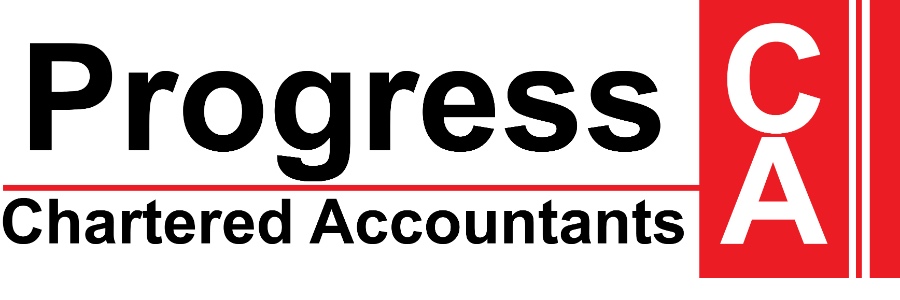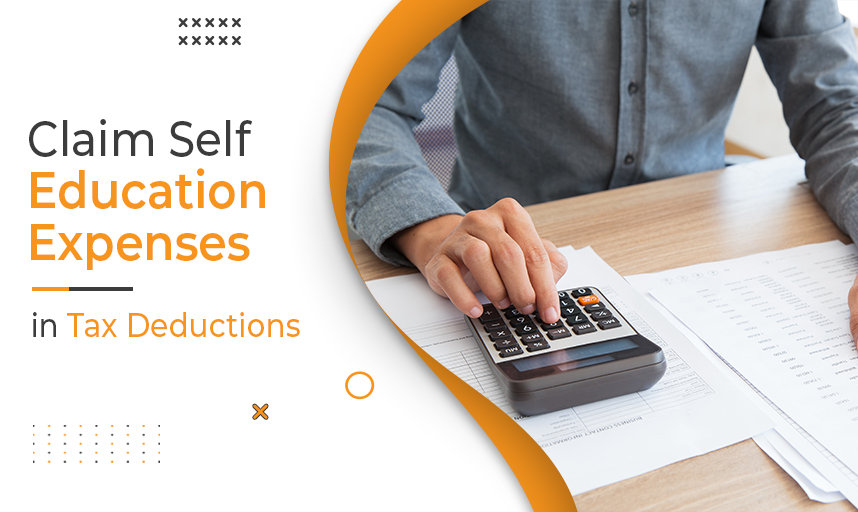Many property investors miss out on potentially tens of thousands of dollars in legitimate tax deductions by failing to investigate or correctly claim the available Tax Depreciation amounts that they are entitled to.
- What is Property Tax Depreciation, and How Does it Help?
Just as the wear and tear on a business asset can be claimed as a tax deduction, the depreciation (wear and tear) of an income-generating property can also be claimed against the owners’ taxable income.
Yearly tax deductions for the depreciation of structural elements (like bricks, windows, concrete etc.) and non-structural items such as ovens, dishwashers, carpets and blinds may be available depending on the property and the ownership structure.
A tax deprecation schedule details the deductions that you are entitled to claim each year of ownership for the maximum ATO-defined duration of 40 years.
The amount the depreciation schedule says you can claim in a particular Financial Year reduces your taxable income for that year.
For example, if my depreciation report from Washington Brown shows a deduction of $15,000 for a financial year, the amount of income that I am taxed on for that year is reduced by $15,000.
In this example, without depreciation, if I earned $100,000 that year, I would pay tax on $100,000.
If the $15,000 in depreciation is claimed, I pay tax on only $85,000.
- Who Can Claim Depreciation Deductions?
Following significant depreciation law change announced in May 2017, the ownership type or structure of an investment property now has a considerable impact on the potential depreciation deductions you can claim.
Owners of commercial property or investment properties purchased under a company name are still able to claim on both the Division 40 and the Division 43 components.
Investors who have purchased (or built) brand new property, regardless of the ownership type or structure, can still claim deductions on both the Plant & Equipment and Building Allowance components for the entire 40 year period, providing that the property was income-generating from settlement.
- Commercial Property vs Residential Property
Whilst factors such as the age and the ownership structure/type will affect eligibility, both Commercial Properties and Residential Properties may qualify for tax depreciation deductions.
A difference exists in the ATO-set rates at which the individual Plant & Equipment items depreciate between these two property categories.
For example, the Australian Tax Office specifies that carpet within a residential property has an effective life of ten years. This means the value of the carpet (indoor) is depreciated over a ten year period.
In a commercial environment, it is reasonable to expect that a higher instance of wear and tear on assets will occur. Accordingly, carpet in a retail environment has the prescribed effective life of eight years.
Is a Depreciation Report Worth It For Your Property?
For PROGRESS CA clients, it is FREE to Find Out!
PROGRESS CA clients have access to Washington Brown Depreciation’s exclusive Property Depreciation Calculator for free. Click the link to access this tool and find out how much you can claim in depreciation for your investment property.
For further information on depreciation or to ask a question about deductions and pricing for your specific property, contact the team at PROGRESS CA






0 Comments